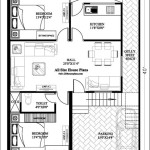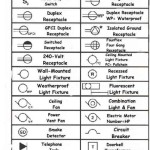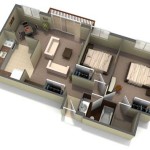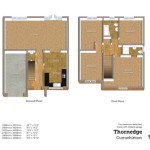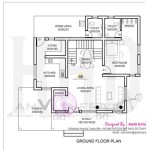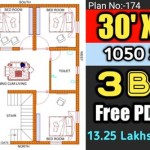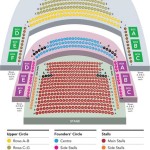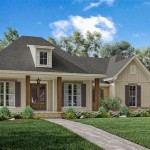Council House Plans: A Comprehensive Guide for Homeowners and Builders
Introduction: Council house plans offer homeowners and builders a reliable and cost-effective solution for creating functional and stylish living spaces. With a wide range of designs and features to choose from, council house plans provide a convenient starting point for your dream home. In this guide, we will explore the benefits of using council house plans, the types of plans available, and the process of obtaining and using these plans. Benefits of Using Council House Plans: 1. Affordability: Council house plans are generally more affordable compared to fully customized home designs, making them a budget-friendly option for homeowners. 2. Variety of Designs: Council house plans come in a diverse range of architectural styles, layouts, and sizes. This allows homeowners to select a plan that aligns with their personal preferences and lifestyle. 3. Compliance with Regulations: Council house plans are designed to comply with local building codes and regulations, ensuring that the construction process is smooth and hassle-free. 4. Time-Saving: Using council house plans can save significant time compared to designing a home from scratch. This allows homeowners to move into their dream home sooner. 5. Professional Expertise: Council house plans are typically created by experienced architects and designers who have a deep understanding of functional design and structural integrity. Types of Council House Plans: 1. Single-Family Homes: These plans are designed for individual households, ranging from cozy cottages to spacious mansions. 2. Multi-Family Homes: Council house plans can also include duplexes, townhouses, and apartment buildings, providing housing solutions for multiple families. 3. Commercial Buildings: Council house plans can also cater to commercial spaces such as retail stores, offices, and restaurants, allowing businesses to establish a professional presence. 4. Community Buildings: These plans are specifically designed for public facilities such as community centers, libraries, and schools, serving the needs of the local community. Process of Obtaining and Using Council House Plans: 1. Research and Selection: Homeowners can browse council house plan catalogs or websites to find designs that meet their requirements. It's essential to consider factors like the number of bedrooms, bathrooms, living spaces, and any special features desired. 2. Contact the Council: Once a suitable plan is identified, homeowners need to contact the local council to obtain the necessary documentation and permissions. This may involve filling out application forms and paying a fee. 3. Modifications and Customization: Council house plans are often customizable, allowing homeowners to make modifications to suit their preferences. This can include changes to the layout, room sizes, or even the exterior design. 4. Engaging a Builder: After obtaining the approved plans, homeowners can engage a qualified builder to construct the project. The builder will handle the necessary permits and ensure adherence to building regulations. Conclusion: Council house plans provide homeowners and builders with a convenient and cost-effective solution for creating beautiful and functional living spaces. With a wide range of designs available, compliance with regulations, and the flexibility for customization, council house plans cater to various needs and budgets. By following the steps outlined in this guide, individuals can successfully obtain and use council house plans to build their dream homes or commercial properties.
20 Examples Of Floor Plans For Social Housing Archdaily

Bevendean Estate Photos 2024

Gallery Of Inventive Council Housing Levitt Bernstein 19 Floor Plans Duplex Ground Plan

Gallery Of 20 Examples Floor Plans For Social Housing 21
Example Property Type Layouts

Revised Homes Plan Secures Council Approval After Affordable Housing Cut Hull Live

Floor Plan Of 1960 S House With Basement Extension

Bevendean Estate Photos 2024

Floor Plans Of Turn The Century English Cottages In Blocks Four Scientific Diagram

Domestic Architecture 1700 To 1960 Br

